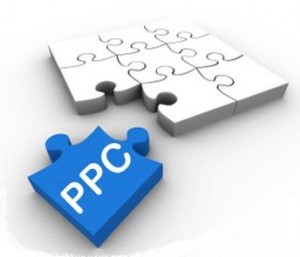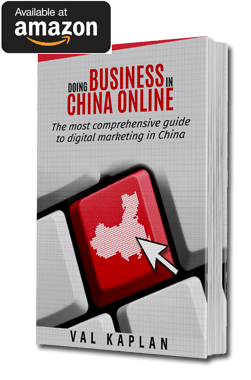Pay-per-click (PPC) advertising is one of the fastest ways to reach your Chinese customers but setting up and conducting efficient PPC campaign requires understanding of how it works. I’m going to clarify the main points and highlight the differences with the more familiar PPC setup for Google.
First of all, Baidu.com is by far the most poular search engine in China with somewhere between 60 to 80% of the search engine market. With Google at only around 3% and Yahoo with Bing at ~0.5% each of the entire market, Baidu is clearly a place to be for a business seeking to reach Chinese audience.
One crucial prerequisite is required to start PPC campaign on Baidu is having your site written in Simplified Chinese. It also has to be optimized for the Chinese keywords that you are going to use for your campaign.
Second prerequisite is having your Chinese business properly registered as you will have to provide your business license in order to open Baidu PPC account. If the name on a business license is that of a foreigner, he/she will also be required to provide a passport. All the documents, including your passport, have to be translated to Chinese by a professional translation company. You will also be required to sign and seal the contract with Baidu.
Chinese websites tend to be very link-heavy, so, ideally, navigation buttons and links should be able to take your visitor to every corner of your site directly from the landing page.
If it wasn’t enough, the deposit payment has to be arranged through a local Baidu representative by cash. As of now, they don’t accept credit cards and any form of online payments. Why they make it so complex? Probably, such procedure is required in order to comply with the government regulations that are designed to impose a certain degree of control over information available through search engines in China.
Given the complexity of opening an account, I would advise to hire a local expert to get you set up. There are number of companies and freelancers who provide this type of service.
Next, your website must be optimized for your target visitors and be informative enough for them to stay on your page long enough. Chinese websites tend to be very link-heavy, so, ideally, navigation buttons and links should be able to take your visitor to every corner of your site directly from the landing page.
If you intend to sell products directly from your site, it helps to have a live chat option that is common on Chinese e-commerce site. Chinese consumers like to communicate in real time with sales representatives, so having such capability on your site is a good investment.
Now a bit about how your name will be shown in the results. In the past, all the paid search results were displayed first before the organic ones. In the recent years, Baidu started to follow Google’s model with PPC results on the top and on the bottom as well as in the right column with organic ones in between.
Below is the example of Baidu search results. The PPC results are those in the red frames, at the top, bottom and right. Organic (or free) results are shown in the green frame:
The results in the right column are based on the annual subscription at fixed price, the top 3 spot being the most expensive, followed by the next 3 spots and so on. The search results in each of the 3 spot slot are shown in different order every time the results are reloaded.
In conclusion, while Baidu PPC campaign is similar to Google, the process of opening an account and setting it up is much more complicated. This is besides the fact that you need a local business registration and having your site available in Chinese and optimized to Chinese language keywords. I would strongly advise to hire a local help to get your Baidu PPT campaign setup properly and going smothly.




